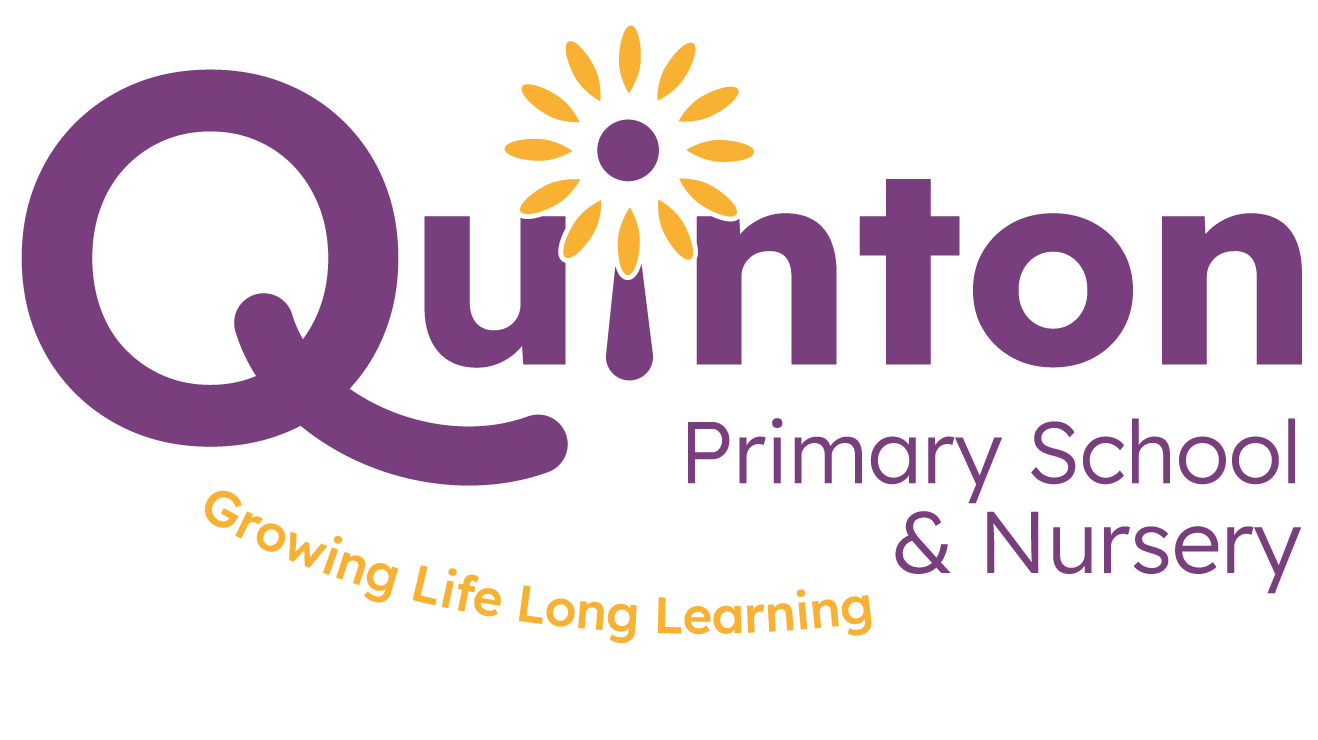What Is Phase 1 Phonics?
Phase 4 Phonics is all about helping children become more confident readers and writers. At this stage, we don’t introduce any new sounds, but instead focus on practicing and applying everything they’ve learned so far in Phases 2 and 3.
Children learn how to read and spell longer words, work with consonant blends (like br or spl), and begin reading short sentences with greater fluency. It’s an exciting time as they put their phonics knowledge into action!
Children will start reading and spelling words with two or more consonants together—these are called adjacent consonants or consonant blends. Examples include:
They’ll begin to recognize these combinations quickly, which helps improve fluency and spelling.
Children are introduced to longer words with multiple syllables, such as:
They learn to break these words down into manageable parts to read and spell them with ease.
Some words just don’t follow the usual phonics rules—these are called tricky words or sight words. Children are taught to recognise and spell them by sight.
Examples include:
This continues to be a key focus. Your child will:
How You Can Support at Home
here are lots of simple and fun ways to support your child through Phase 4:
Take a look at our “Phase 4 Phonics – A Guide for Parents” for extra tips, activity ideas, and explanations of key terms. We’re always here if you have questions!
